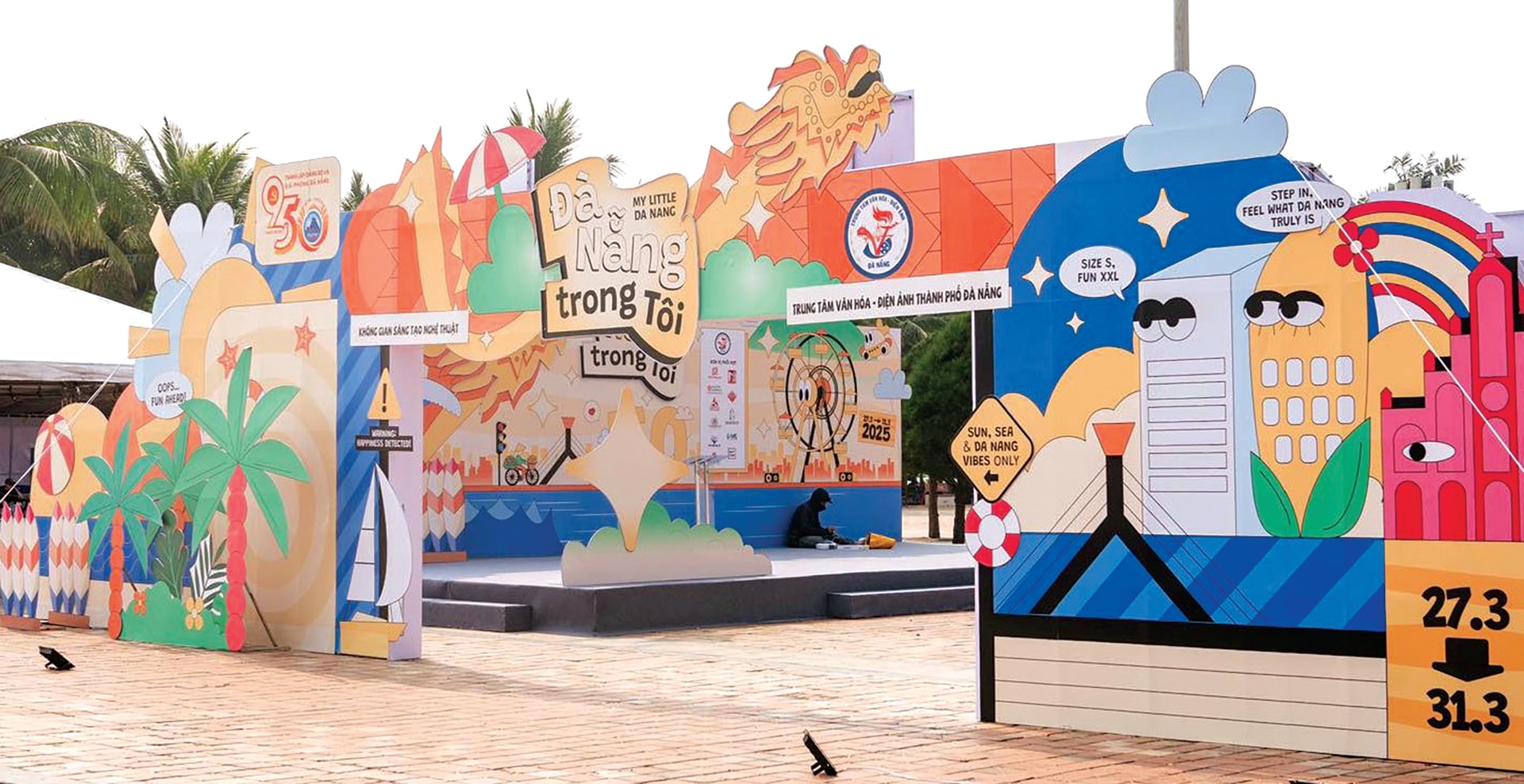
One of the thorny issues is that AI systems like MidJourney, DALL-E, and ChatGPT are trained on millions of human works without the consent of the owners. Many artists have spoken out against the sophisticated copying of their works, while they do not receive any benefits from the products created by AI.
In fact, many AI developers are facing major lawsuits for illegally collecting and using artists’ works to train algorithms. Among the affected artists, there are quite a few Vietnamese artists.
Recently, Ghibli film studio also filed a lawsuit against OpenAI for copying its signature art style, raising deeper concerns about AI copyright infringement on a global scale.
Such actions not only violate creative ethics, but also contribute to the spread of distorted perceptions of AI and art. When AI is used to covertly copy and modify original works without respecting the original author, it creates an unfair creative environment and blurs the line between genuine art and artificial products.
Musician Dinh Ngoc Hoang believes that AI is developing at an extremely fast pace, recognized by the government and gradually introduced into all fields, including education.
Whether we like it or not, we have to accept that this is the future trend. Musicians who are still struggling to make ends meet should learn new tools to improve the quality and speed of their creation. As for those who have the conditions and passion to pursue art, to approach classical values and the community, society should join hands to support them, because they are the last stronghold to preserve true cultural and artistic values.
There is no denying that AI can bring many benefits to humanity. Sam Altman, CEO of OpenAI, once shared: “I spent 10 years creating an AI hoping to cure cancer or do something, and then people blamed me for everything that AI created.”
This statement reflects the fact that technology always has two sides. AI can be used to save lives and support scientific research, but it can also be abused to copy, distort artistic creativity and harm artists.
So what are the boundaries for AI in artistic creation? The answer does not lie in banning AI completely, but in having strict controls to protect the rights of artists.
Regulators need to establish legal corridors to ensure that AI cannot use data without permission. AI development platforms also need to be more transparent in disclosing the sources of training data and sharing benefits with original content creators.
Artificial intelligence has been changing the way people create and enjoy art. However, the convenience that AI brings cannot be exchanged for true artistic values.
To prevent AI from becoming a usurper but a creative enabler, we need to establish clear boundaries, from legal to social. Art is a reflection of the human soul, and no matter how advanced technology becomes, it cannot replace that.
Source: https://baoquangnam.vn/nghe-thuat-va-tri-tue-nhan-tao-gioi-han-nao-cho-cam-xuc-that-3153992.html



![[Photo] Bustling construction at key national traffic construction sites](https://vphoto.vietnam.vn/thumb/1200x675/vietnam/resource/IMAGE/2025/5/2/a99d56a8d6774aeab19bfccd372dc3e9)
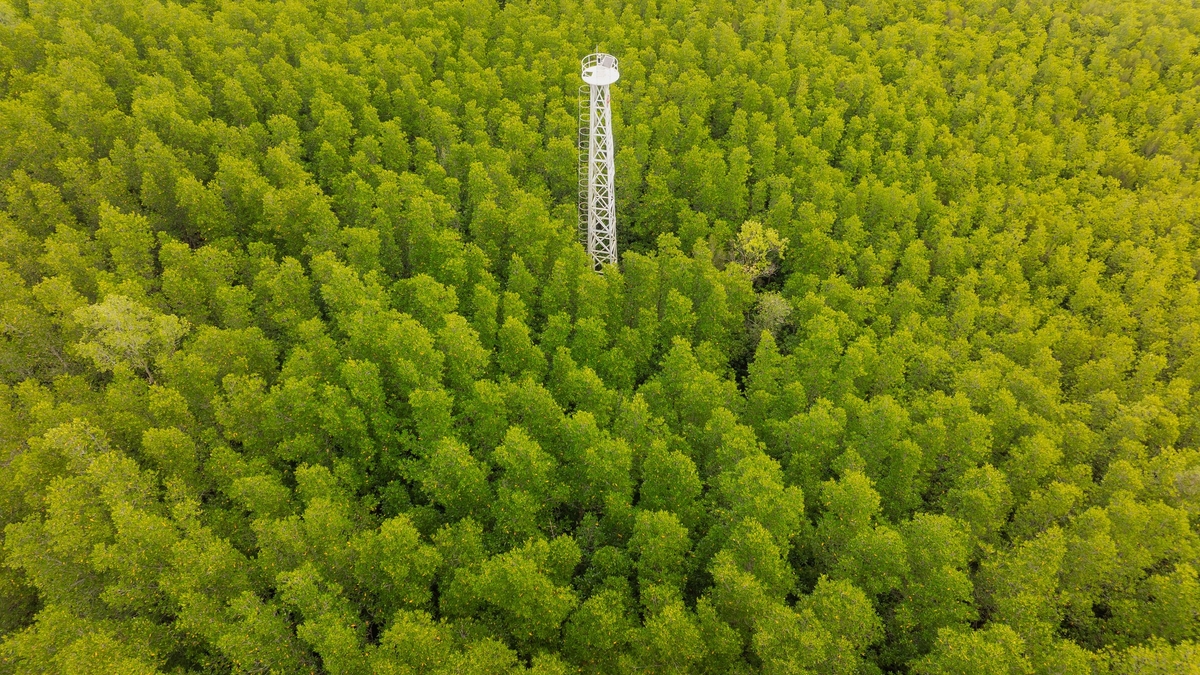
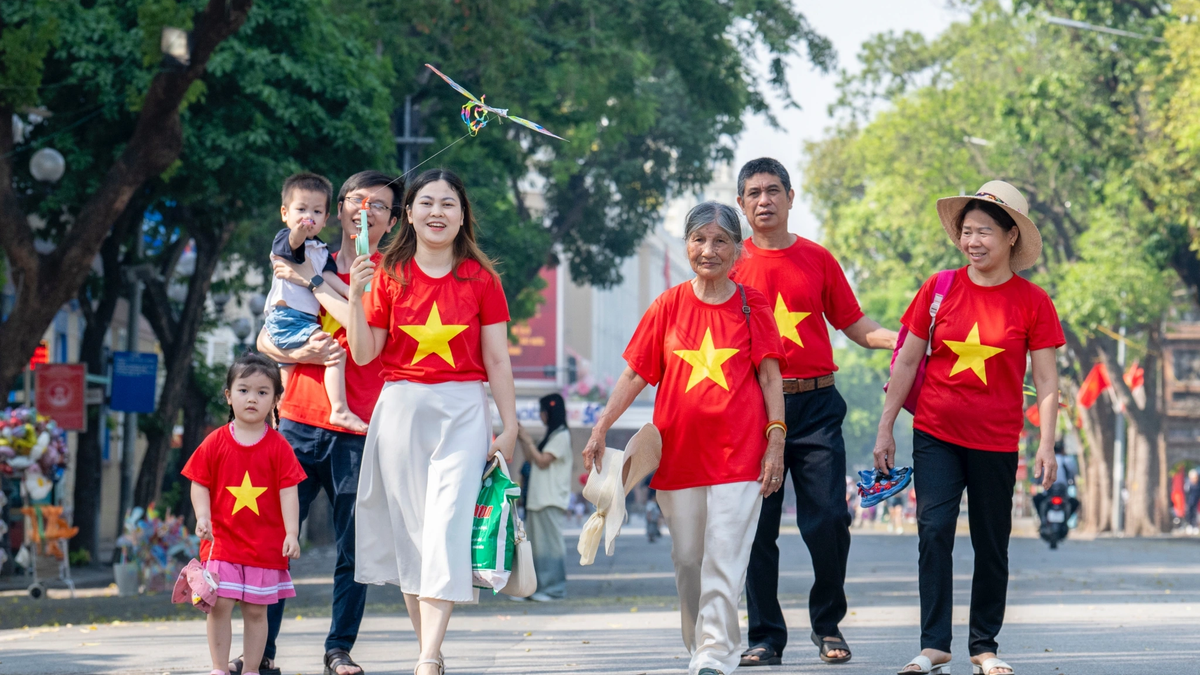


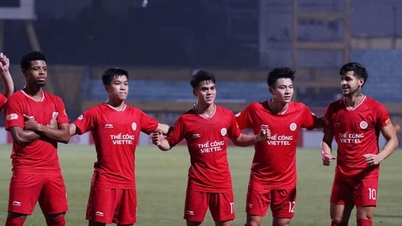

![[Podcast]. April in the heart](https://vphoto.vietnam.vn/thumb/402x226/vietnam/resource/IMAGE/2025/5/2/9d4d85d863d74637977909e5f6ad4148)
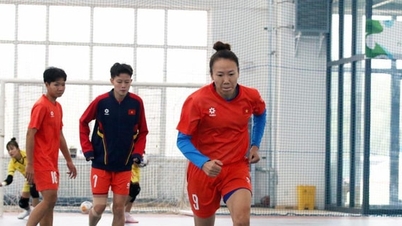

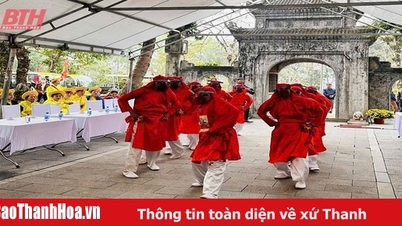






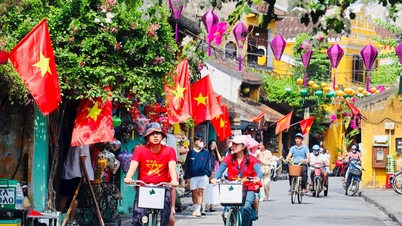

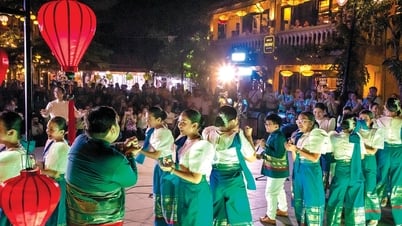
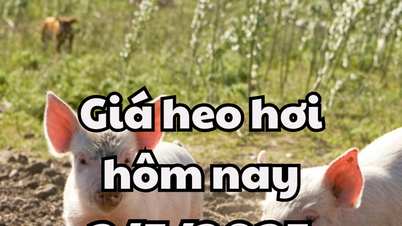

![[Photo] Binh Thuan organizes many special festivals on the occasion of April 30 and May 1](https://vphoto.vietnam.vn/thumb/1200x675/vietnam/resource/IMAGE/2025/5/1/5180af1d979642468ef6a3a9755d8d51)
![[Photo] "Lovely" moments on the 30/4 holiday](https://vphoto.vietnam.vn/thumb/1200x675/vietnam/resource/IMAGE/2025/5/1/26d5d698f36b498287397db9e2f9d16c)
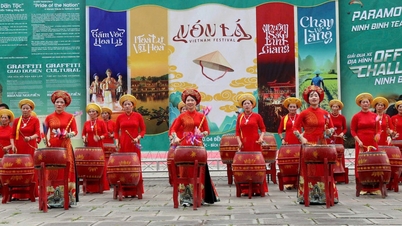

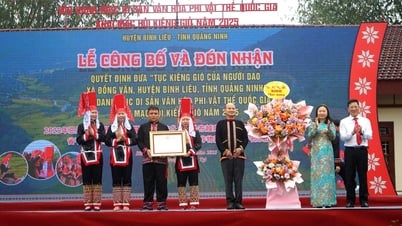





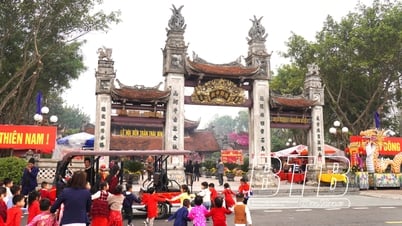



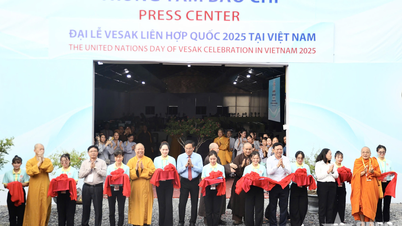

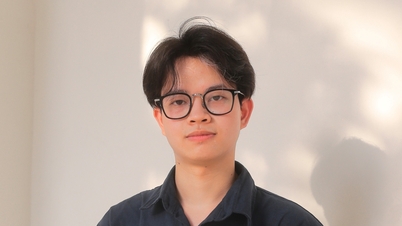







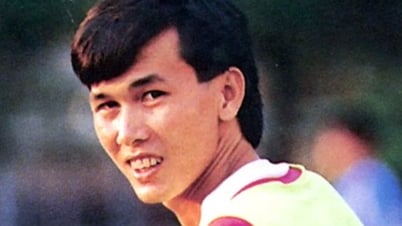









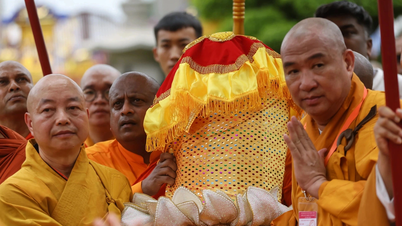




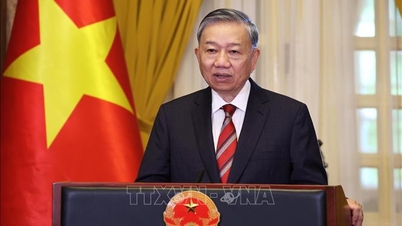











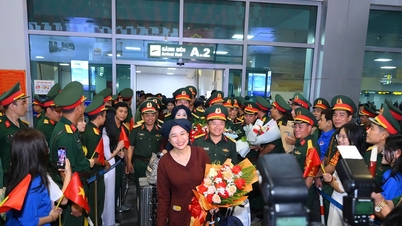

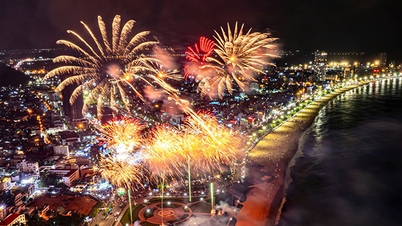


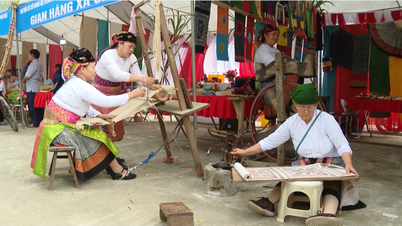


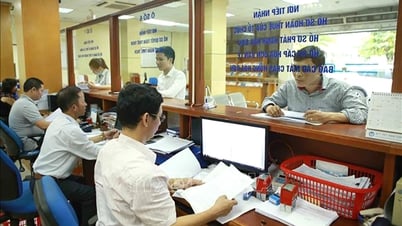









Comment (0)